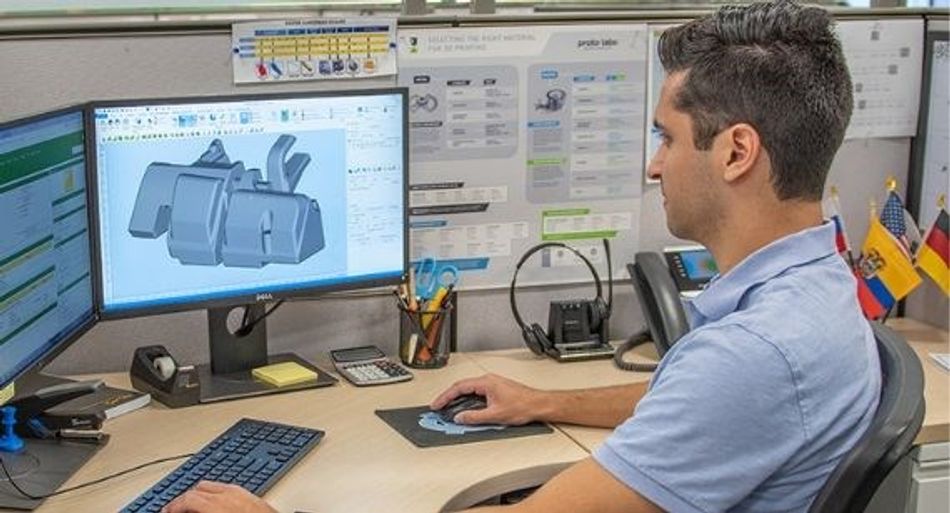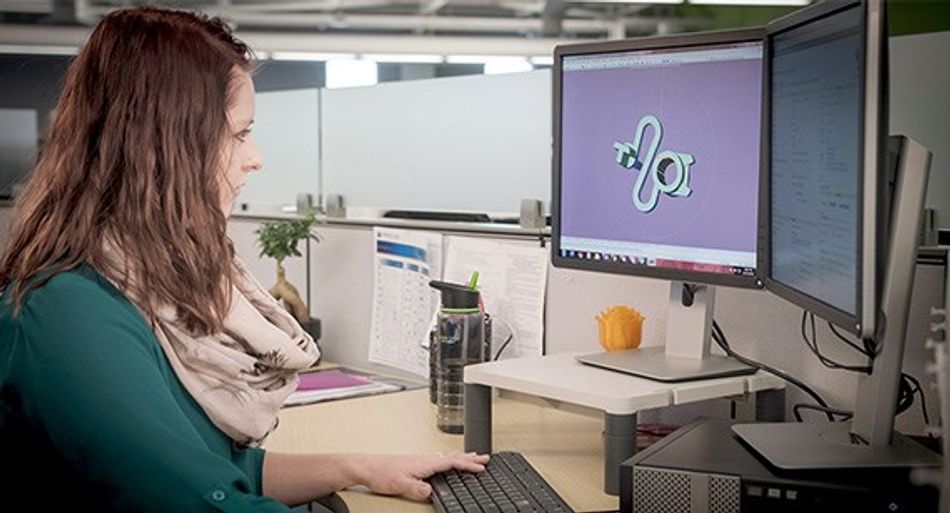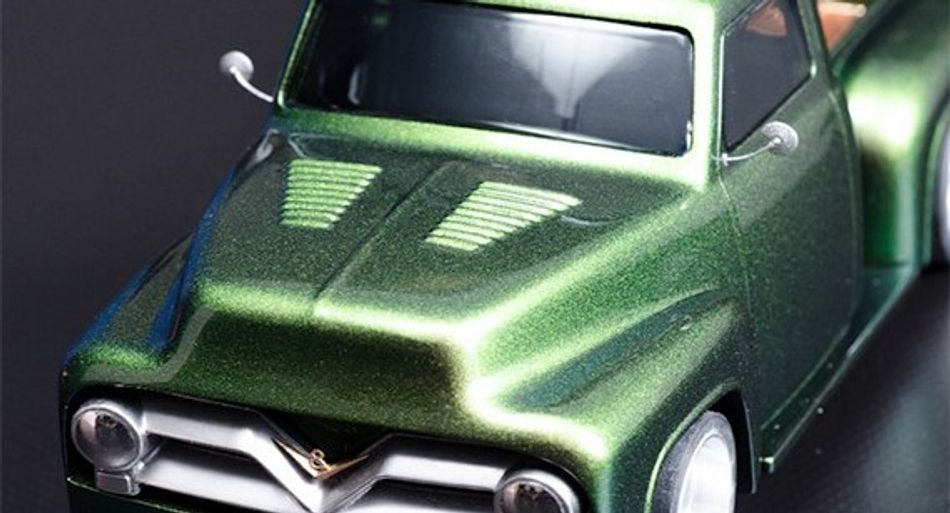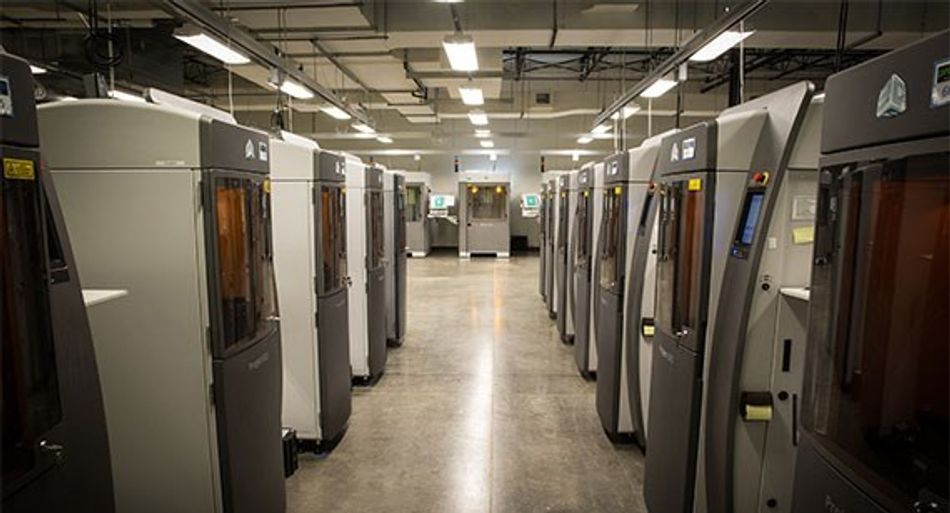Why 3D Print?
3D printing can offer a wide range of advantages over more traditional manufacturing techniques. However, in general there are four major areas where it can come out in front of those processes.
Over the handful of years that it’s been in use, 3D printing technology has come from a fringe technique to a process used by countless businesses across the world. If you aren’t familiar with the technology yet, it might be difficult to understand this rapid rise in both uptake and success.
Depending on the exact application, 3D printing can offer a wide range of advantages over more traditional manufacturing techniques. However, in general there are four major areas where it can come out in front of those processes:
- Geometry
- Flexibility
- Speed
- Cost
Geometry
In many ways, the ability to work with complex geometry is what makes 3D printing unique, and what most clearly set it above all other manufacturing technologies. Where other processes have limitations on what kinds of features you can actually create with them, such as not being able to have internal channels with liquid injection or holes that end mills can’t reach, 3D printers can produce almost any shape you can imagine.
This has led to some truly innovative designs that really take advantage of 3D printing’s capabilities to make organic shapes, such as honeycombs or complex matrices. When combined with modern, highly engineered plastics, it becomes possible to create some incredibly strong, strikingly beautiful parts with ease.

It’s even possible to insert holes in the design to help reduce weight or simply to boost the aesthetics, without having to worry about drilling them or having to make major alterations to the mould. This offers a major advantage over other technologies.
Flexibility
Indeed, the absence of any kind of mould or tooling is another one of the advantages of working with 3D printing technology. All you need to turn a design from a CAD file into a real, physical part is an appropriately sized machine to print it on and the raw materials.

When compared to the work needed to produce parts through conventional injection moulding or milling, this is a significant advantage. Those technologies can require moulds and tooling that can be expensive and time-consuming to set up, especially if you need to make any alterations to your design along the way.
With 3D printing, making even significant changes to your part is an incredibly simple process. Rather than having to alter physical moulds or machining, you can simply click a few buttons and change up the CAD file associated with the project.
Speed
This ability to make quick, on-the-fly alterations also makes 3D printing the ideal technology for rapid prototyping. Not only is it easy to make the little changes that are commonplace when you’re still hashing out a finished design, but you can turn those changes into a physical prototype in just a matter of hours.
This allows your team to get right back into the process of enhancing the design, rather than waiting days or even weeks for your newly manufactured prototypes to be delivered.
In fact, this rapid production process can also allow you to totally reimagine the way you handle inventory. Rather than having to warehouse parts and products, you can shift to a print-on-demand. Just-in-time model. This slashes the amount of money and time dedicated to storage and inventory management.

Cost
Of course, 3D printing isn’t guaranteed to provide a cost reduction for every type of project you might be working on. If you are, for example, producing something that’s relatively geometrically simple on a large scale, it is likely that injection moulding is going to be much cheaper in the long run, as it plays to this technology’s strengths.
However, on products or prototypes that are well-suited to the strengths of 3D printing, the technology can help to cut costs in many areas when compared to more conventional production. Labour costs, for example, can be reduced by a switch to 3D printing. After all, once they begin a task the printers don’t need any operators or much in the way of supervision. You don’t need to worry about using multiple, multi-stage machines when you’re 3D printing your parts, nor do you normally need to worry about assembly.
Also, if you’re working on a relatively small scale, you don’t need to buy moulds or invest in tooling. In fact, thanks to the availability of outsourced suppliers – such as Protolabs – you don’t need to buy any equipment of your own. You can happily outsource it and get all the benefits of the technology without having to make any kind of capital investment.

Perhaps that’s why this is one of the most rapidly developing manufacturing technologies with new capabilities and materials being added all the time. Watch this space because it’s changing the boundaries of production almost every day.
For questions on any of our services at Protolabs, please contact an application engineer at customerservice@protolabs.co.uk or +44 (0) 1952 683047. Have a design ready for 3D printing? Upload it now for an instant quote.
